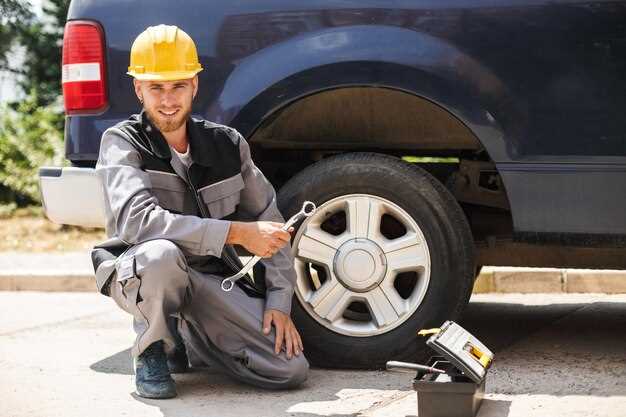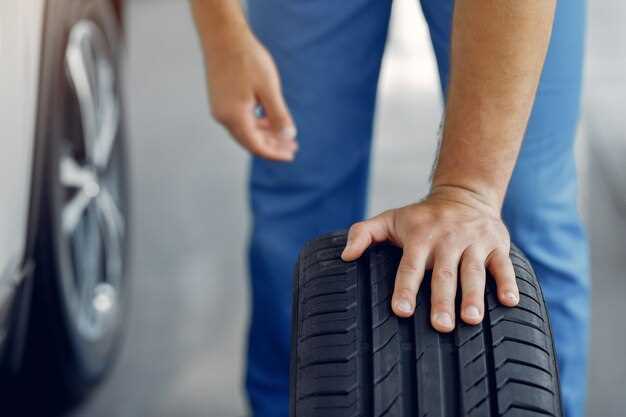
Maintaining your tires is essential for ensuring not only optimal performance but also the safety of your vehicle. Proper care of your tires can significantly enhance their lifespan while providing better grip on various road conditions. With a few simple practices, you can avoid premature wear and ensure that your tires are always ready to perform when you need them the most.
Regularly checking your tire pressure is a fundamental part of tire care. Under-inflated tires can lead to increased rolling resistance, decreased fuel efficiency, and most importantly, reduced grip on the road. Conversely, over-inflated tires can result in a harsh ride and quick wear in the center of the tire. Ensuring that your tires are inflated to the manufacturer’s recommended pressure is crucial for both performance and longevity.
In addition to maintaining proper pressure, it’s vital to monitor tread depth and condition. Worn tires can compromise your vehicle’s handling and braking capabilities. Utilizing the penny test can help determine if your tires have sufficient tread; simply insert a penny into the tread grooves and check if the top of Lincoln’s head is visible. If it is, it may be time to consider replacing your tires to maintain optimal grip and safety on the road.
Checking Tire Pressure Regularly for Optimal Performance

Maintaining the correct tire pressure is crucial for ensuring optimal performance and longevity of your tires. Properly inflated tires provide better grip on the road, enhance fuel efficiency, and improve overall driving comfort. It is essential to check your tire pressure at least once a month, as well as before and after long trips.
Under-inflated tires can lead to increased rolling resistance, which negatively affects fuel consumption and accelerates tread wear. This not only compromises safety by reducing traction but also leads to a shorter lifespan of the tire. Conversely, over-inflated tires can result in a harsh ride and increased risk of tire blowouts, particularly on rough roads.
To ensure you are maintaining the correct pressure, use a reliable tire pressure gauge. Check the manufacturer’s recommendations for optimal tire pressure, typically found on the driver’s side door jamb or in the owner’s manual. It is best to perform pressure checks when the tires are cold, as driving generates heat that can increase pressure readings.
Taking the time to regularly check and adjust your tire pressure not only enhances safety and performance but also contributes to the overall efficiency and durability of your tires. Maintaining the right balance in tire pressure leads to a smoother ride and enables the full potential of your vehicle to shine on the road.
Understanding Tread Depth for Enhanced Traction

Tread depth plays a crucial role in the overall performance of a tire, significantly influencing traction and handling. As tires wear down, their tread depth decreases, which can adversely affect grip, especially in wet or slippery conditions. Optimal tread depth is vital for maintaining effective contact with the road surface, allowing for better performance during acceleration, braking, and cornering.
The minimum legal tread depth in many regions is 2/32 of an inch, but for maximum safety and performance, it is advisable to replace tires when they reach 4/32 of an inch. At this point, the ability of the tire to channel water away is compromised, increasing the risk of hydroplaning. Monitoring tread depth regularly can help ensure that tires maintain their grip, prolonging their lifespan and enhancing driving comfort.
To check tread depth, one effective method is the penny test. By inserting a penny into the tread grooves with Lincoln’s head facing down, if you can see the full head, the tread is too shallow, indicating that the tire should be replaced soon. Additionally, many tires have built-in indicators that signal when tread depth has reached a critical level.
Using tires with appropriate tread depth not only improves safety but also enhances overall performance, thereby making driving experiences more enjoyable and secure. Regular maintenance and timely replacements are essential to achieve optimal tire function and longevity.
Proper Tire Rotation Practices for Extended Longevity
Regular tire rotation is essential for maintaining optimal performance and extending the life of your tires. This practice ensures even wear, preventing specific areas from experiencing excessive degradation while prolonging the overall lifespan of your tires.
The general rule of thumb is to rotate tires every 5,000 to 8,000 miles, but it’s crucial to consult your vehicle owner’s manual for manufacturer-specific recommendations. Rotating tires at recommended intervals helps to redistribute wear patterns, making sure that no single tire bears the brunt of the driving force.
There are several rotation patterns depending on your vehicle’s drivetrain, such as front-wheel drive, rear-wheel drive, or all-wheel drive. For front-wheel drive vehicles, a common method is to move the front tires to the rear on the same side and switch the rear tires to the front, crossing sides. This cross-rotation helps maintain balanced performance and better grip across all tires.
For rear-wheel drive vehicles, the process is similar but inverted. Rotating the rear tires to the front while crossing the front tires to the back helps to mitigate uneven wear. For vehicles equipped with directional tires, you must ensure they are rotated in the direction of their tread pattern to maintain optimal performance.
In addition to following the appropriate rotation pattern, it’s advisable to visually inspect tires for any irregular wear or damage during each rotation. Check for uneven tread wear, which could indicate misalignment or other issues requiring attention. Proper tire inflation is also a critical factor in ensuring even wear and optimal performance.
In conclusion, adhering to proper tire rotation practices not only enhances your tires’ longevity but also ensures safety and performance during your driving experience. Regularly maintaining this routine can significantly impact your vehicle’s efficiency and overall handling.






